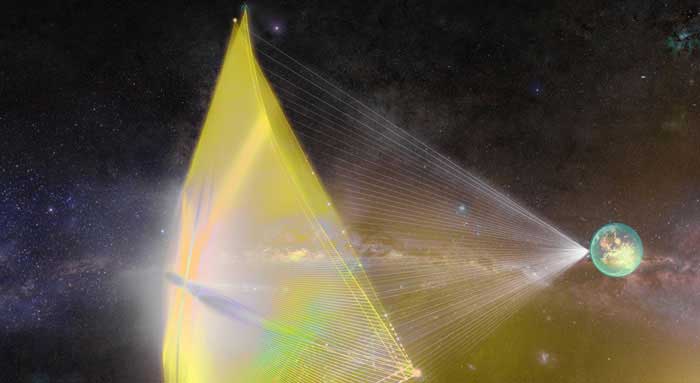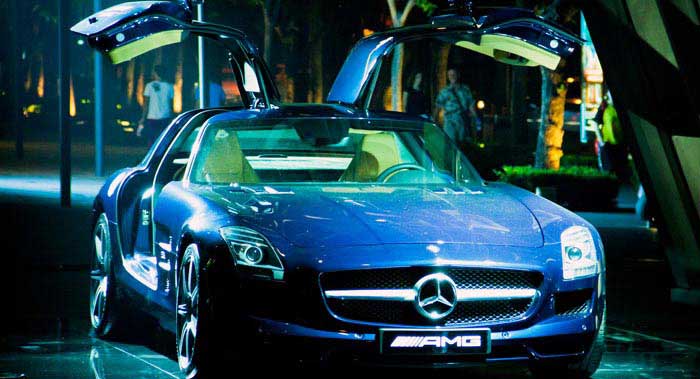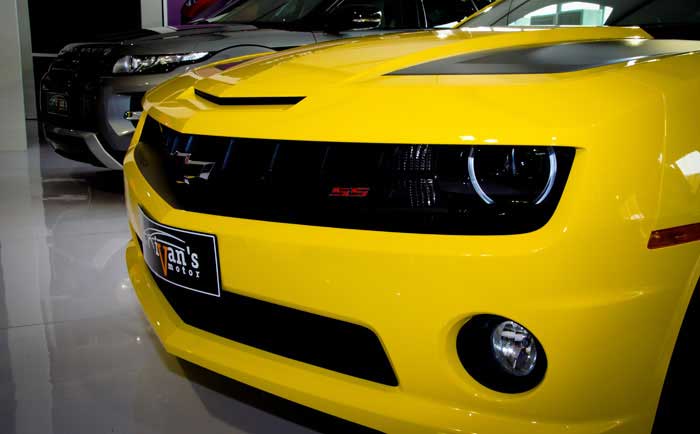One newspaper headline said, there are a lot of unknowns surrounding one of the most ambitious space projects ever announced, and some whit promptly replied, that's got to be the understatement of the last 10,000 years of human existence. So just what are they talking about, on April 13 this year a Russian billionaire, Yuri Milner and Stephen Hawking announced they had about $100 billion plan to study Alpha Centauri, which if you don't know is the closest star to Earth after our own sun of course. Alpha Centauri is 4.37 light years from Earth which in layman's terms, is a hell of a long way. One of the stated goals of the mission is to find out if aliens exist in that part of the galaxy and failing that, considering it's just a tiny part of the galaxy, the second mission objective is to find out if there are any planets or moons over there that can support life as we know it.
The mission is called
Breakthrough Starshot
, what they plan on doing is sending an ultralightweight spacecraft, unmanned of course, to Alpha Centauri using a light sail, and being propelled by a 100 GW light beam. When this plan was first announced most people with any knowledge of this area of technology either said one of two things, it was mad genius or it was just plain mad. The problem is that the more you dig into the idea the more it seems to be feasible, and if nothing else they definitely have the money to give it a shot.
The main reason it is feasible is that the technology that proposing to use is beyond the theoretical stage already, in fact some prototypes are actually on the drawing boards so as someone said, it certainly stretches the imagination but doesn't break it. The light sail technology is actually being tested by quite a few research groups right now, the reason they are doing all this testing and designing is to be able to launch what are called CubeSats, which are basically very small and very light satellites that are launched into space propelled by a light beam or a laser. The technology involved in these little satellites has already been proven so the nanocraft pitched by the Starshot group is just a another logical step down that path.
That is not to say there are no questions remaining about this whole project because there are some very very big questions and similar sized obstacles for the team to get through. The biggest problem at the moment is the light beam launch system and propulsion system. It actually turns out that propulsion engineers have been a source of serious interest for a number of decades now and within the last decade breakthroughs have been made so that they now can conceive of using such technology in various applications, they are already using lasers to move orbital debris out of the path of critical satellites. This is easily done if you remember that light is an energy capable of exerting force.




